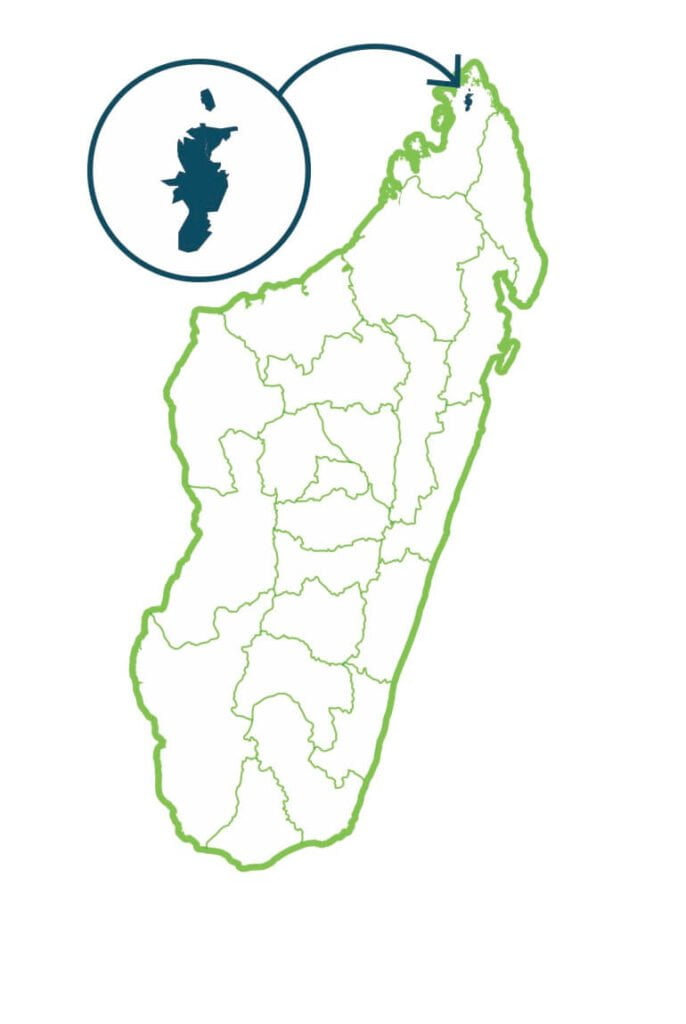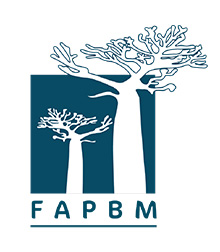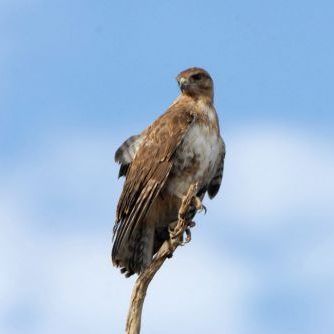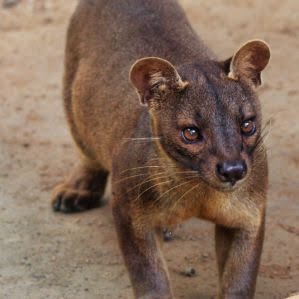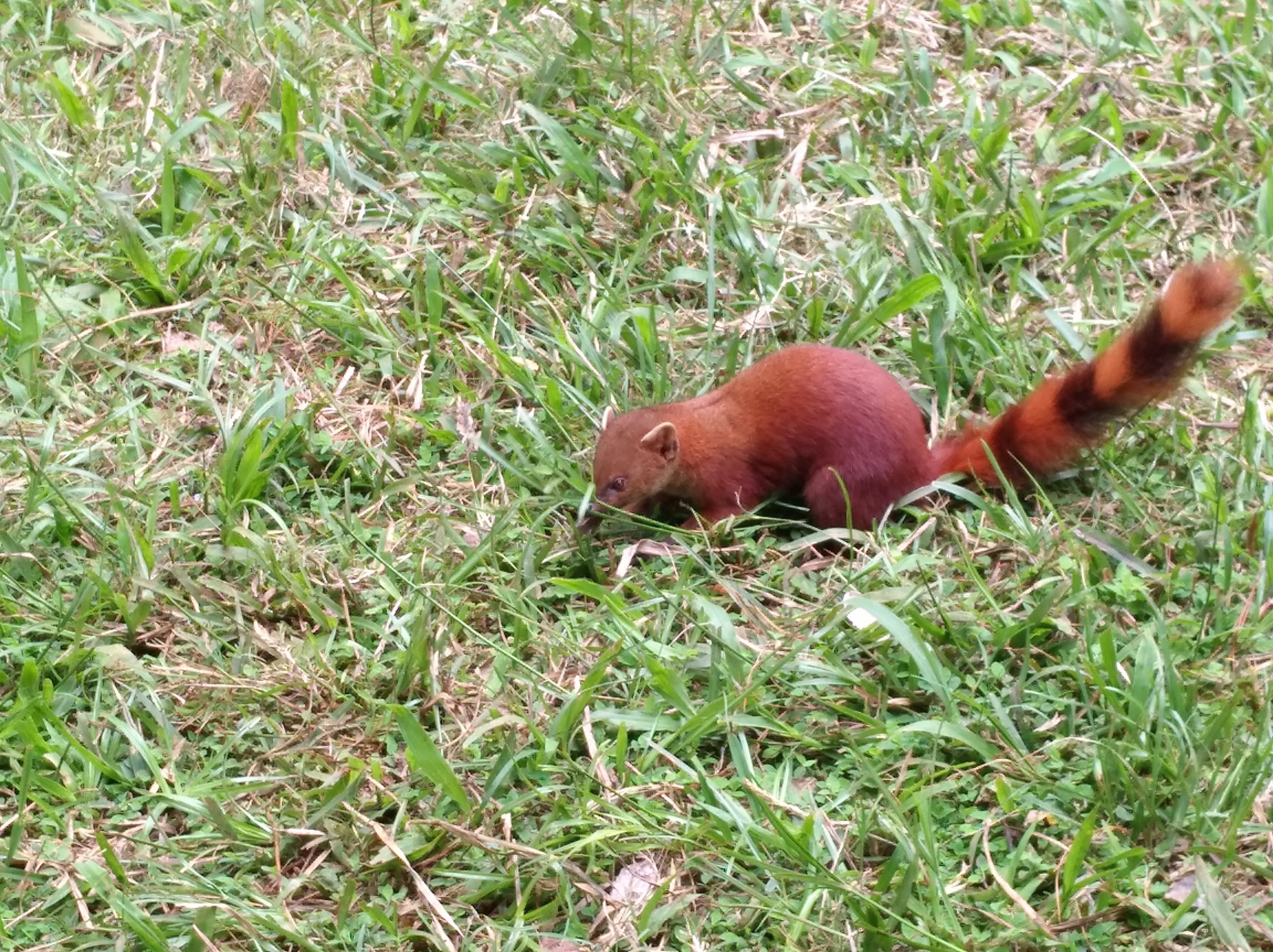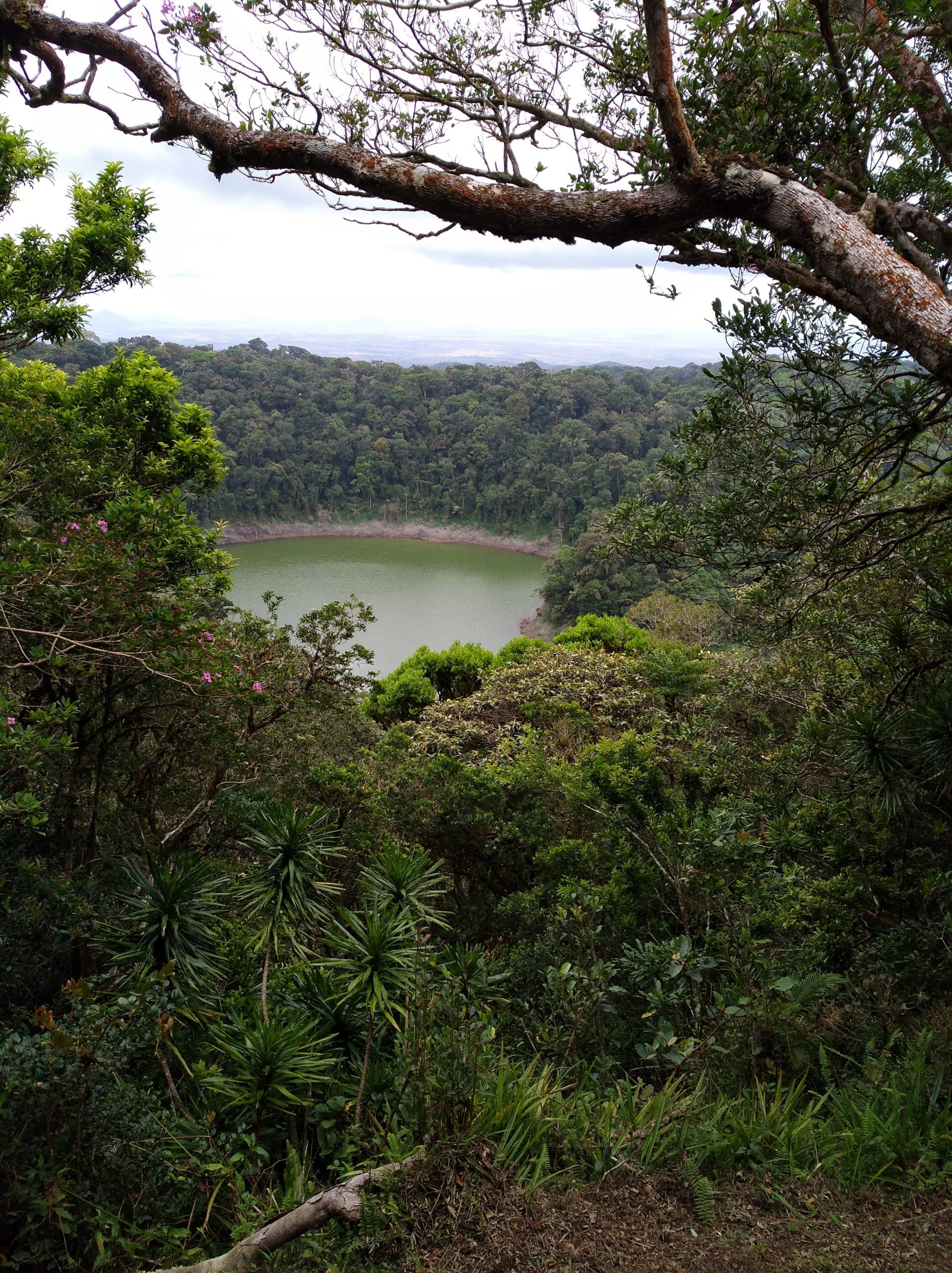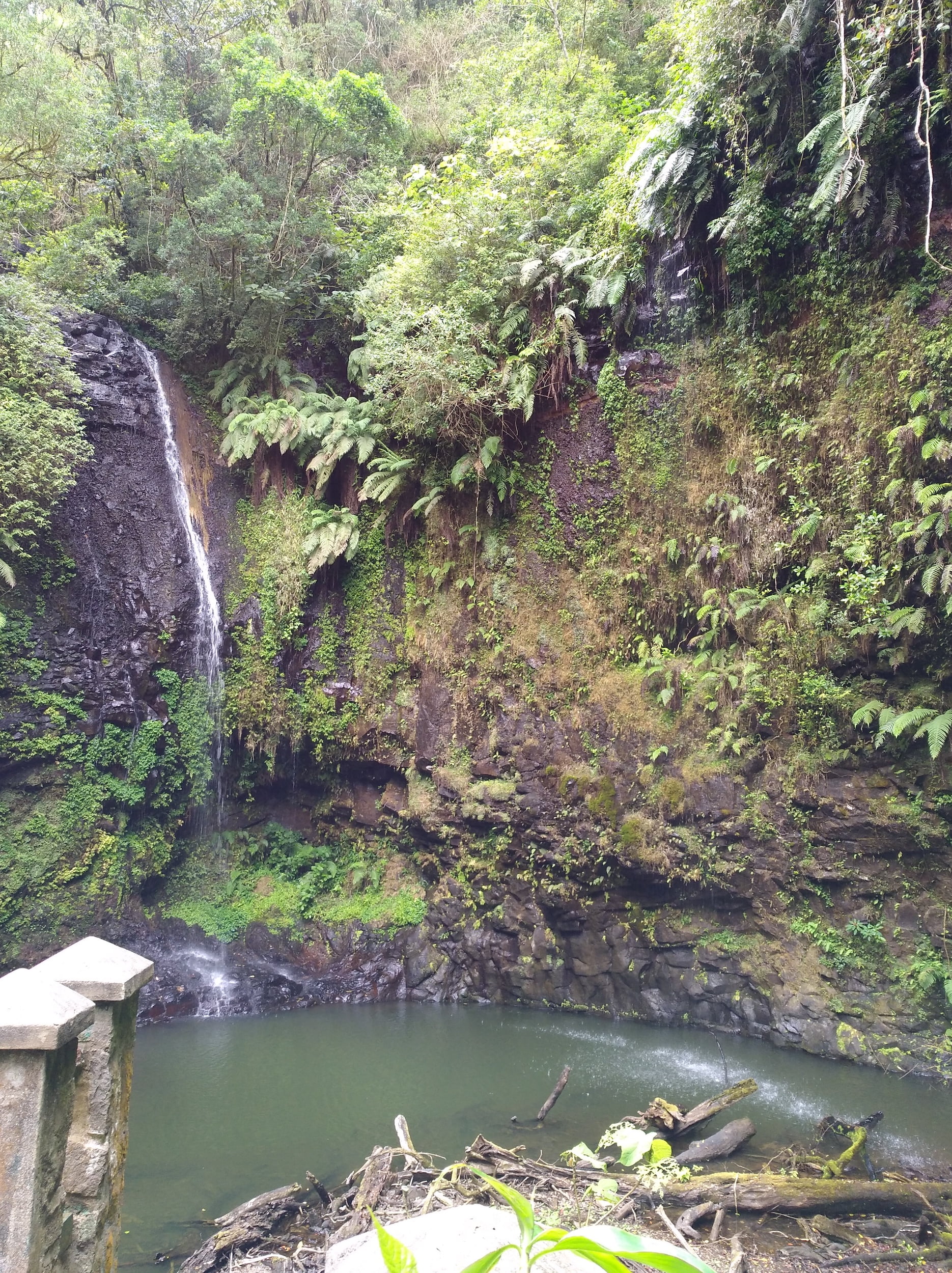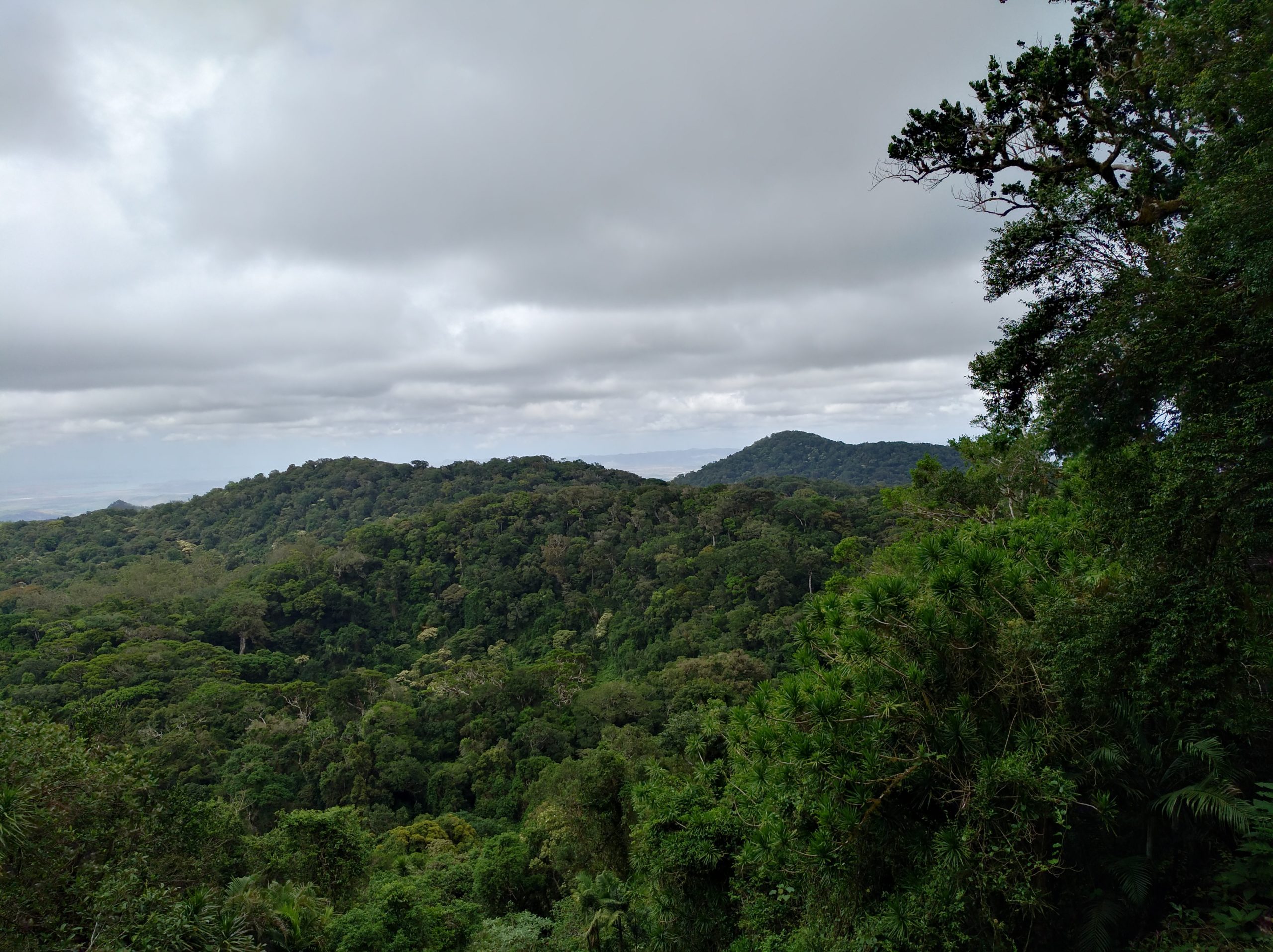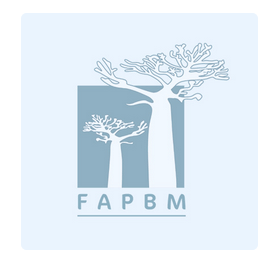Flagship Species
Montagne d’Ambre National Park was created in 1958 with natural habitats made up of evergreen rainforests, transition forests, and crater lake which are all conservation targets of the national parks.
It is a rainforest islet located in a dry and hot tropical climate, in the northernmost part of Madagascar.
